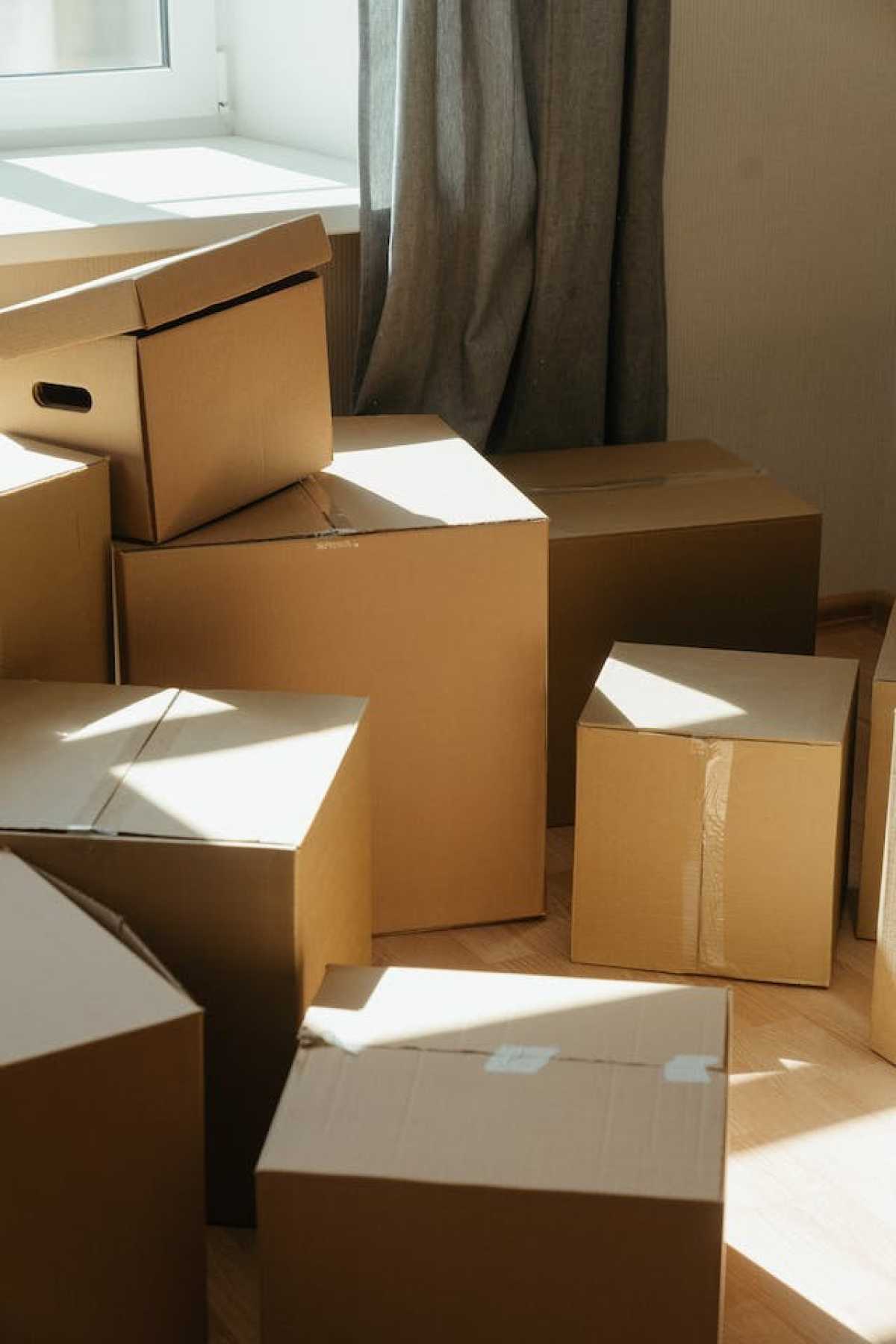Moving Into An Older Home? Here Are The Common Problems You Might Encounter
- - Category: Moving & Relocating
- - 17 Nov, 2023
- - Views: 116
- Save

Many lessons have been learned as technology has improved in home building, but older homes still have some surprises.
Moving into an old home has its charm. These homes are often full of character and offer a unique sense of history. However, along with the character comes its own challenges that homeowners are likely to face. These homes may have outdated plumbing fixtures, foundation issues, wiring problems, etc. In this article, we'll look at the common challenges homeowners face when moving into an older home.
Cold Drafts and Worn-Out Insulation
If you're moving into an old home, be prepared to face drafts due to worn-out insulation and poorly-framed windows and doors. Insulation, over time, can become worn out or deteriorated, leading to gaps in the sealing and air leaks. This can cause the home to lose heat during winter and make it hard to cool during summer, leading to high energy bills. To fix this, homeowners should have a professional inspect their insulation to ensure it's updated and needs replacement.
Weak Foundation
A weak foundation is one major problem when moving into an older home. If the house leads onto a slope or is located in an area with frequent tremors, the chances of foundation issues occurring are increased. Cracks in the walls, uneven floors, and door frame issues are signs of foundation problems. To fix this, homeowners should contact foundation repair experts, who can examine the foundation and take steps to reinforce it.
Outdated Plumbing Fixtures
Older homes often have outdated plumbing fixtures that will likely lead to leaks, clogs, and other issues. Replacing outdated plumbing fixtures with modern ones not only improves their functionality but safety as well. A qualified plumber can help assess the situation and provide guidance on a replacement to guarantee an elegant and long-lasting outcome.
Leaking Windows and Roof
Sometimes, when a problem is persistent enough, you stop noticing that it’s even there; with an older home, many drips and leaks slip by unfixed this way. When you move in, take some time to check your windows and exterior walls for any evidence of water damage. If your roofing is worn down or your windows aren’t sealed properly, you might be in for a nasty surprise when the next big rain or snowfall occurs. Don’t let yourself be caught off guard by inherited leaks in your new home.
Inconvenient Lighting
Older homes often have limited ceiling lighting and sometimes don’t have enough windows, making them dim even during daylight. This causes a discomforting environment and difficulty doing tasks requiring excellent lighting. You might consider using floor or desk lamps to provide light or redoing the overhead lighting in a room when you have the time.
Electrical Wiring Problems
Older homes can have outdated electrical systems that might be hazardous or cause damage to appliances or the home's wiring. This can lead to higher energy bills and a higher risk of electrical hazards. A home inspector can provide analysis to identify electrical system issues and guide a rewiring overhaul.
Moving into an old home can be challenging, but tackling these issues can benefit homeowners in the long run. Starting with the above issues, homeowners can ensure their new home is safe, cost-effective, and enjoyable. Hiring certified experts who understand these home systems is the best starting point to address these issues.

